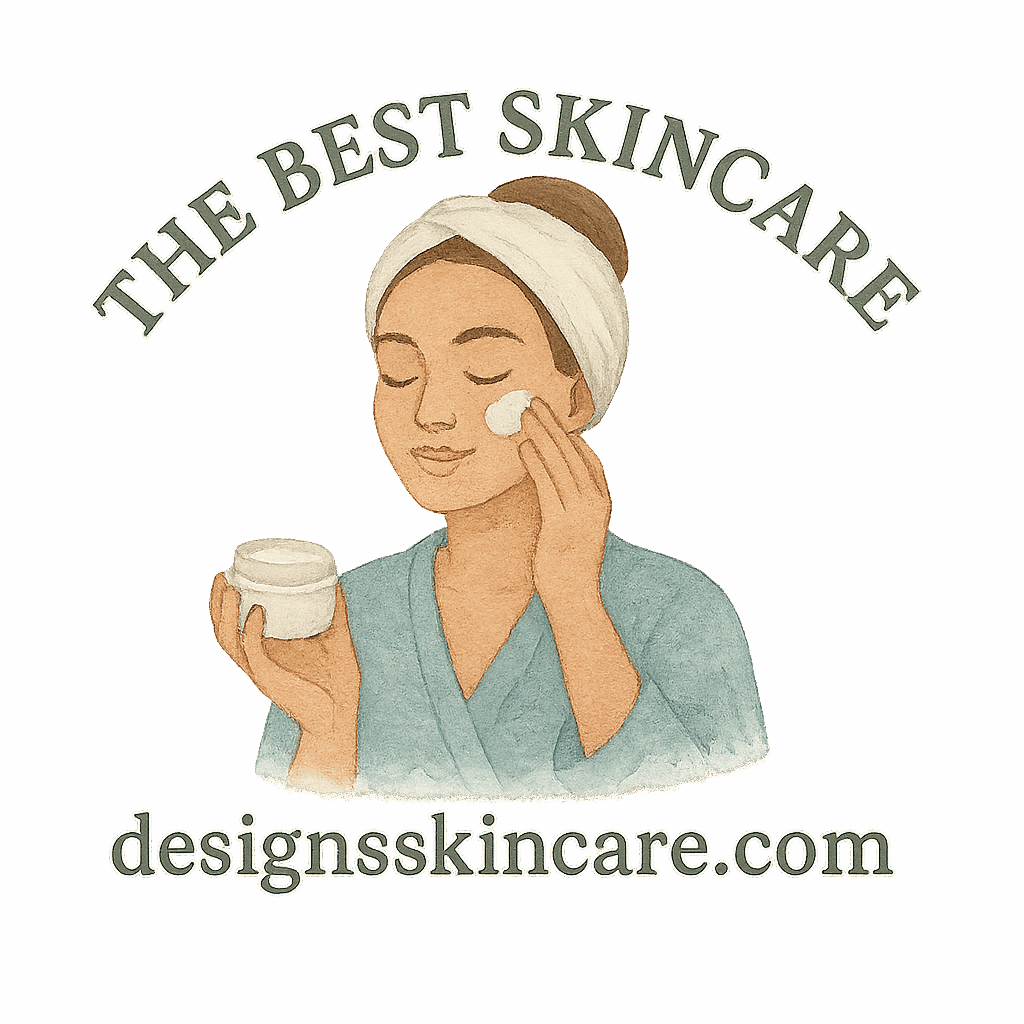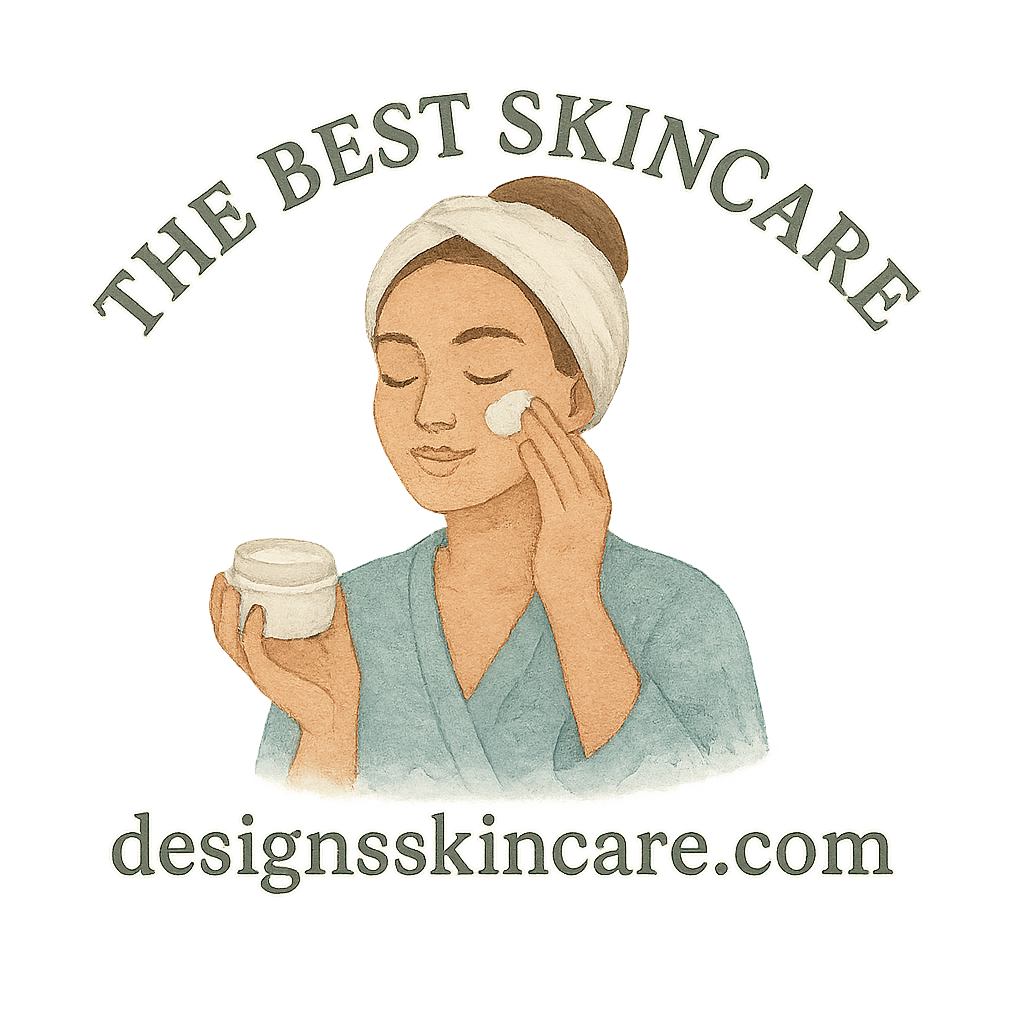Why Minimalist Skincare is Gaining Popularity
Minimalist skincare isn’t just a trend—it’s a shift in how people are approaching self-care. Many are tired of 10-step regimens that drain both wallets and patience. Dermatologists have long emphasized that healthy, glowing skin doesn’t require a bathroom shelf stacked with products. Instead, the focus should be on doing less, but better.
The Overwhelm of Too Many Products
Think about the last time you stood in front of your skincare stash. Did it feel overwhelming? You’re not alone. Dermatologists see patients every week who complain about redness, breakouts, or irritation—all from layering too many active ingredients at once.
The Skin Barrier and Simplicity
Your skin barrier is like a protective shield. Overloading it with products can cause microscopic cracks, making it vulnerable. Minimalist skincare strengthens that barrier by keeping things simple and effective.
Tip #1: Focus on Gentle Cleansing
Choosing the Right Cleanser
A dermatologist-approved minimalist skincare routine starts with cleansing. Harsh cleansers strip natural oils, leaving your skin tight or flaky. Look for sulfate-free cleansers with hydrating ingredients. If you’re unsure where to start, explore resources like Skincare by Skin Type for tailored options.
Common Mistakes in Cleansing
Over-washing is one of the top mistakes. Twice a day is usually enough—more can backfire. Dermatologists warn against using hot water too, which can dry out your skin.
Tip #2: Hydration is Non-Negotiable
Moisturizers for Different Skin Types
No minimalist routine is complete without hydration. Dry skin? Look for thick creams with ceramides. Oily skin? Gel-based moisturizers are your best friend. Learn more from the Moisturizer Guide.
Hydrating Ingredients Dermatologists Recommend
Dermatologists recommend humectants like hyaluronic acid, glycerin, and aloe vera. They help bind water to your skin, giving you that plump, dewy look. For extra reading, check out Hydration Tips.
Tip #3: Sunscreen is Your Best Anti-Aging Product
Mineral vs. Chemical Sunscreens
Dermatologists universally agree—daily SPF is non-negotiable. Mineral sunscreens are gentler, while chemical formulas feel lighter. The best one? The one you’ll actually wear.
Everyday Application Tips
Apply sunscreen every morning, rain or shine. Don’t forget your neck, ears, and hands. For more insights, explore Skincare Routine Basics.
Tip #4: Keep Ingredients Simple
Avoiding Harsh Fragrance and Alcohol
Less is more. Avoid unnecessary fragrance and alcohol—they’re common irritants. A minimalist approach reduces the risk of redness and flare-ups.
Why Fewer Ingredients Reduce Reactions
The fewer ingredients, the lower the chance of your skin reacting badly. If you’re ingredient-curious, the Skincare Ingredients Hub is a great place to explore.
Tip #5: Listen to Your Skin’s Needs
Adjusting for Seasonal Changes
Your skin changes with the seasons. In winter, you may need a heavier moisturizer. In summer, a lightweight lotion might be enough.
Tracking How Your Skin Reacts
Pay attention to breakouts, dryness, or itchiness—they’re clues your skin is sending. Need guidance? Check out the Skincare by Age guide to adjust based on life stage.

Tip #6: Don’t Skip Night Care
The Role of Overnight Skin Repair
At night, your skin goes into repair mode. Dermatologists emphasize this is the best time to use nourishing, non-irritating products.
Night Routine Essentials
You don’t need a 7-step night routine. A gentle cleanser, a nourishing moisturizer, and sometimes a retinol (if advised by your dermatologist) are plenty. Explore Skincare Steps for examples.
Tip #7: Incorporate Antioxidants Smartly
Vitamin C and Minimalist Skincare
Vitamin C is a dermatologist favorite—it brightens and protects. Just one well-formulated antioxidant serum can do more than three unnecessary products.
Foods that Boost Antioxidants Naturally
Skincare doesn’t stop at your face. A diet rich in berries, leafy greens, and nuts helps. Check Skincare Diet for more ideas.
Tip #8: Understand Your Skin Type
Skincare for Oily, Dry, or Combination Skin
Minimalist routines still need personalization. For oily skin, fewer occlusive creams. For dry skin, thicker hydration. Combination skin? Balance is key—see Skin Balance Tips.
Dermatologist-Backed Resources
If you’re unsure, dermatologists recommend patch testing before committing. You can also explore guides like Skincare Guide.
Tip #9: Avoid Over-Exfoliation
Signs You’re Overdoing It
Redness, stinging, or flakiness? You may be exfoliating too often. Dermatologists recommend once or twice a week at most.
Safe Ways to Exfoliate Minimally
Stick with gentle exfoliants like lactic acid. Harsh scrubs can cause microtears. Visit Skincare Acne Resources if exfoliation is part of your acne routine.
Tip #10: Prioritize Consistency Over Complexity
Why Routine Matters More Than Products
Dermatologists stress: a simple routine you follow daily beats a complex one you abandon. Consistency strengthens your skin barrier and builds long-term resilience.
The Long-Term Benefits of Minimalism
Minimalist skincare reduces irritation, saves money, and gives you peace of mind. For practical examples, see Skincare Routine Tips.
Lifestyle Habits That Support Minimalist Skincare
Hydration and Healthy Eating
Water intake and diet play huge roles in skin health. Explore Healthy Eating Habits and Skincare Food Ideas to support glowing skin from within.
Stress Management and Hormonal Balance
Stress and hormones often trigger acne. Dermatologists encourage lifestyle changes alongside skincare. See Hormonal Acne Resources for guidance.
Common Myths About Minimalist Skincare
“More Products Mean Better Results”
Dermatologists often debunk this. Overloading your skin is like overwatering a plant—it backfires.
“Expensive Means Effective”
Not true. Affordable products with solid formulations often work just as well. Use Product Guides to shop smart.
How to Build Your Minimalist Skincare Routine
Sample 3-Step Morning Routine
- Gentle Cleanser
- Moisturizer
- Sunscreen
Sample 3-Step Evening Routine
- Cleanser
- Moisturizer or Hydrating Serum
- Optional Retinol (if dermatologist approved)
For more personalized examples, visit Skincare Routine Resources.
Conclusion
Minimalist skincare is all about simplifying without compromising. By focusing on dermatologist-backed essentials—gentle cleansing, hydration, sunscreen, and consistency—you’re setting your skin up for long-term health. Instead of chasing every new product trend, think of skincare as a slow investment in yourself.
FAQs
1. Can minimalist skincare still help with acne?
Yes. By reducing product overload, you lessen irritation, which can improve acne. See Skincare Acne Guide.
2. Is it okay to skip moisturizer if I have oily skin?
No. Even oily skin needs hydration. Opt for lightweight gels.
3. How long before I see results from a minimalist skincare routine?
Most people notice improvements in 4–6 weeks.
4. Do I really need sunscreen indoors?
Yes—UV rays penetrate windows. Daily sunscreen is a must.
5. Can diet really affect skin health?
Absolutely. Foods rich in antioxidants support healthy skin. See Skincare Diet.
6. Should I use retinol in a minimalist skincare routine?
Only if recommended by a dermatologist. Keep it simple—don’t overdo it.
7. How do I choose the right products for minimalism?
Stick to dermatologist-approved basics. Visit Buying Skincare Tips for help.


